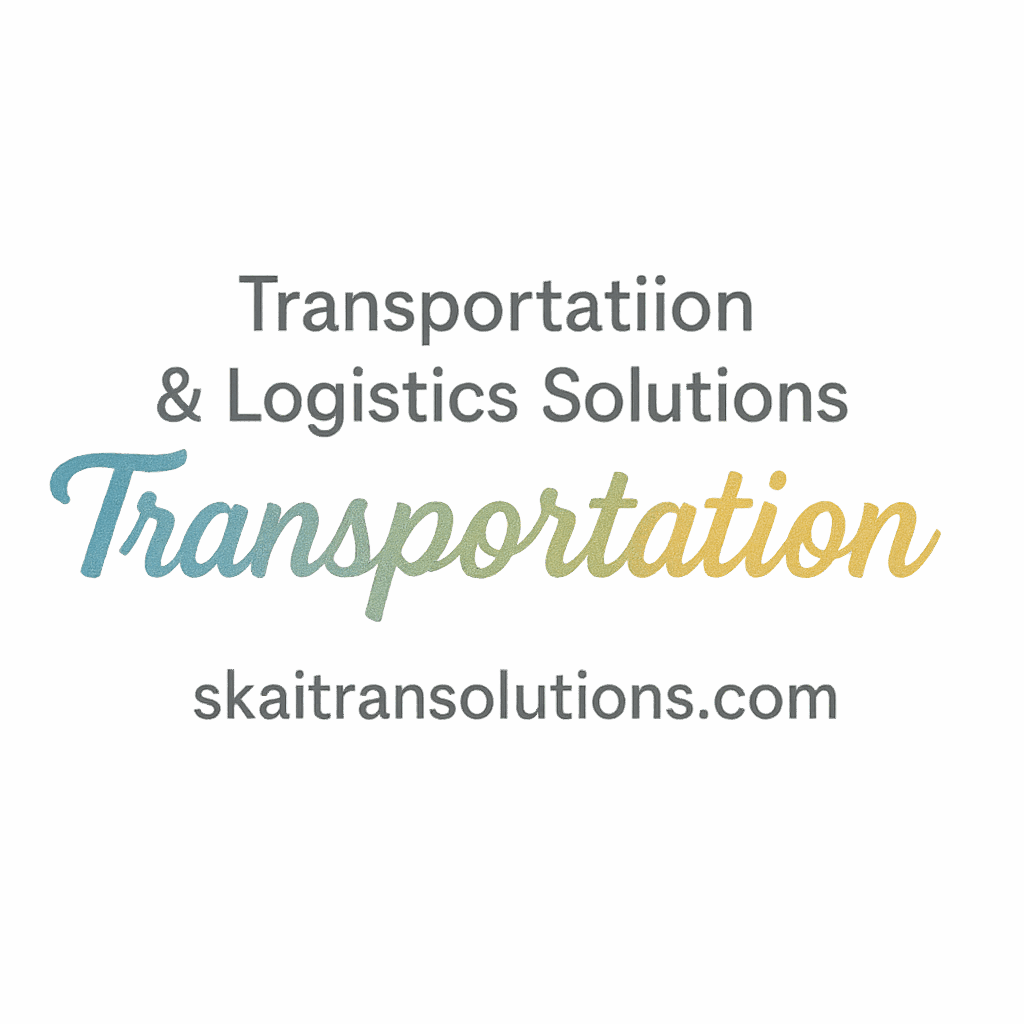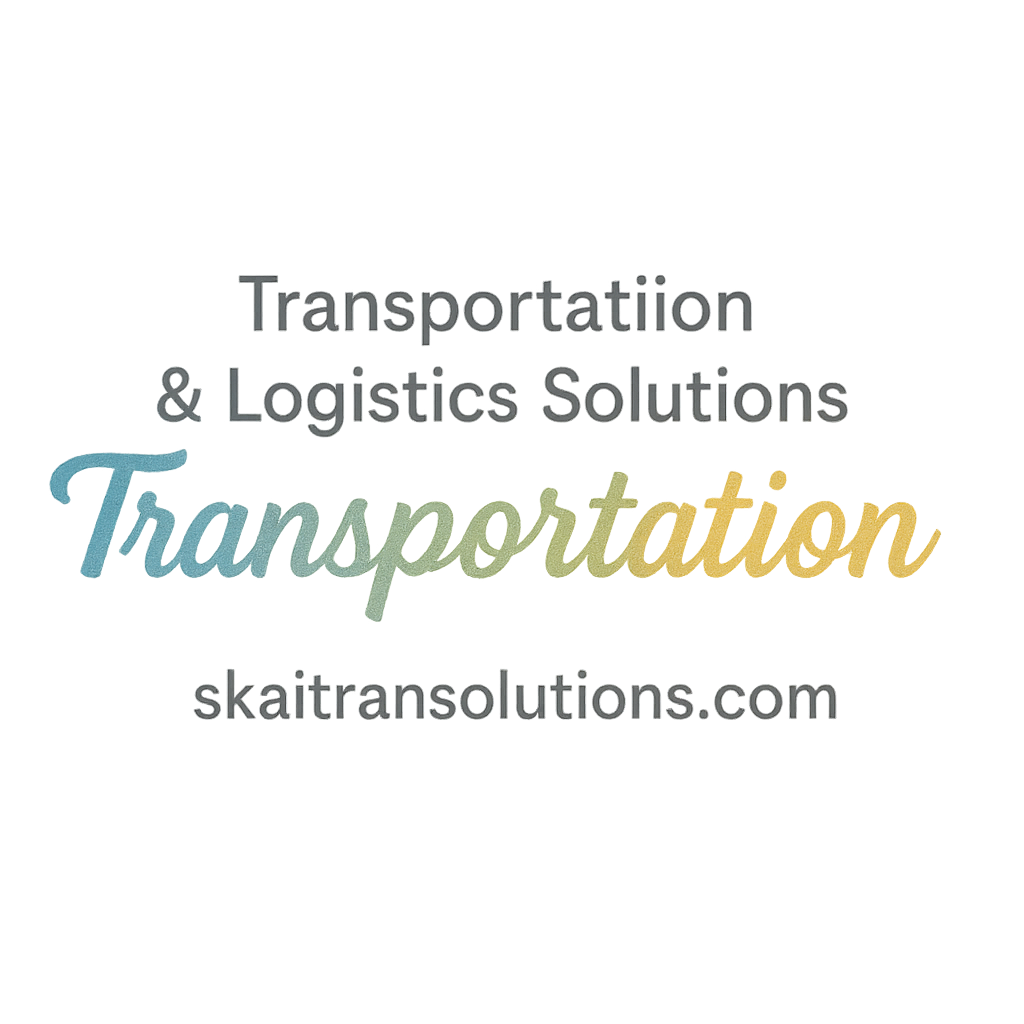Introduction
Ever watched a drone whiz through the sky and thought, “Wouldn’t it be cool if that delivered my package?” Well, guess what? That future is already here. Drones are no longer just toys or military tech—they’re actively reshaping how goods move, especially in that critical final stretch known as the last mile. And trust me, this disruption is only just beginning.
This article dives into the 7 ways drones are disrupting last-mile transportation, and why this tech is making waves across the supply chain industry. So, buckle up—we’re flying into the future of logistics.
Why Last-Mile Delivery Is Crucial
The Cost and Complexity of the Final Mile
Here’s the thing: the last mile is often the most expensive part of the delivery chain, eating up nearly 53% of the total shipping costs. That’s a big chunk, right? From unpredictable traffic to wrong addresses and delivery window demands, the complexity can be overwhelming.
Consumer Expectations Are Shifting
Customers today want everything now. Two-day shipping isn’t impressive anymore—it’s expected. With pressure mounting, logistics providers need something faster, smarter, and more scalable. That’s where drones come in.
For a deeper dive into supply chain challenges, check out SkaiTran Solutions’ insights.
What Makes Drones a Game-Changer?
Speed and Accessibility
Drones bypass road traffic. No red lights, no potholes, no detours—just straight-line efficiency.
Reduced Operational Costs
When you take out drivers, fuel, and large delivery trucks, costs drop. Plus, drones can handle multiple short-range deliveries on a single charge.
For more on operational strategy, visit SkaiTran Solutions’ Operational Best Practices.
Way 1: Hyper-Fast Urban Deliveries
Navigating Traffic-Free Routes
Forget getting stuck behind a garbage truck or dodging rush-hour traffic. Drones fly over it all, offering uninterrupted delivery paths.
The 30-Minute Promise
Major retailers like Amazon are testing 30-minute drone deliveries. That’s next-level fast and ideal for urgent packages like medicine or perishable items.
Want more innovations? Visit Transportation Technology Innovation.
Way 2: Expanding Rural and Remote Coverage
Reaching the Unreachable
Rural areas often get the short end of the logistics stick. Drones bridge the gap, accessing regions trucks simply can’t.
Healthcare and Emergency Use Cases
From delivering vaccines to remote villages to supplying AEDs during a heart attack emergency, drones are saving lives.
Explore more under the Coverage and Supply Chain tags.
Way 3: Eco-Friendly Logistics
Zero Emissions in Urban Areas
Most delivery drones are electric, contributing zero emissions during flight. That’s a big win for air quality in congested cities.
Reducing Vehicle Fleet Sizes
Less dependency on trucks means a smaller carbon footprint. Companies focused on Cost Reduction see major long-term benefits here.

Way 4: Real-Time Tracking and Delivery Visibility
Improved KPIs and Metrics
Drones offer real-time delivery status, enabling precise KPIs and improved Metrics. This boosts transparency across the entire chain.
Enhancing the Customer Experience
Imagine tracking your burrito from the sky in real time! Customers love knowing exactly when their package will land on their doorstep.
Explore more about Customer Experience & Safety.
Way 5: Cutting Labor Costs Without Compromising Speed
Automating Manual Routes
Using drones for repetitive last-mile tasks means fewer drivers and less administrative overhead.
Drones as an Autonomous Workforce
This tech isn’t just flying; it’s thinking. AI-powered drones are evolving to navigate autonomously, responding to real-time weather or traffic data.
Check out our Autonomous and Transportation content hubs.
Way 6: Boosting Safety in the Supply Chain
Reduced Accidents and Insurance Claims
Less human interaction means fewer accidents. Drones also reduce the need for risky night or high-crime area deliveries.
Built-in Safety Inspections and Diagnostics
Modern drones conduct self-checks before flights, ensuring operational Safety Inspections and minimizing breakdowns.
Don’t miss the insights on Insurance implications.
Way 7: Accelerating Innovation in Transportation Strategy
Drone Hubs and Smart Warehousing
Companies are developing “drone airports” or hubs—tiny facilities where drones recharge, pick up goods, and take off again.
AI, Machine Learning, and Predictive Analytics
Using AI, drones can predict the best delivery times, avoid weather issues, and even reroute mid-flight. It’s innovation on steroids.
More on this at Strategy and Innovation.
Challenges and Considerations
Air Traffic Regulations and Compliance
The skies aren’t the Wild West. Drones must comply with local and national airspace laws, and yes, that means paperwork.
Learn more under Compliance.
Security and Privacy Concerns
Cameras, tracking systems, and data collection make drones powerful—but they also raise concerns about surveillance and data misuse.
Future Outlook of Drones in Logistics
What’s Coming in the Next 5 Years
Expect drone corridors, swarming tech, and fully automated logistics systems. The drone revolution is just getting started.
Integration With Smart Cities
Imagine drones syncing with traffic lights, public transit, and city-wide logistics systems. It’s already in testing phases in places like Dubai and Singapore.
Conclusion
Drones are no longer futuristic—they’re now. From slashing delivery times to expanding rural coverage, these flying couriers are reshaping last-mile logistics like never before. While there are challenges like compliance and privacy, the upside is enormous.
As the technology matures, expect smarter, faster, and greener last-mile solutions. And hey, the next time you order a pizza, don’t be surprised if it arrives from above.
For more on drone tech, logistics trends, and operational best practices, don’t forget to explore SkaiTran Solutions.
FAQs
1. How do drones improve last-mile delivery speed?
Drones bypass road traffic and fly direct routes, drastically cutting delivery times.
2. Are drone deliveries safe?
Yes, most drones include fail-safes, GPS tracking, and self-diagnostic tools to ensure safe delivery.
3. Can drones deliver to rural areas?
Absolutely! Drones are especially useful in areas where traditional logistics struggle.
4. Are drones eco-friendly?
Most delivery drones are electric and produce zero emissions during operation.
5. What regulations do drone deliveries face?
Drones must comply with airspace laws, local aviation rules, and privacy standards.
6. How much weight can a delivery drone carry?
Typical delivery drones can carry between 2 to 10 kg, depending on the model and range.
7. Will drones replace delivery drivers?
Not entirely. Drones will complement human drivers, especially for short-range or high-priority deliveries.


